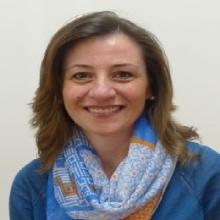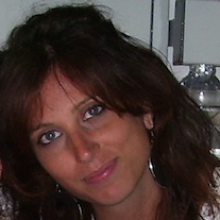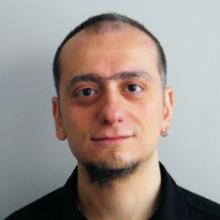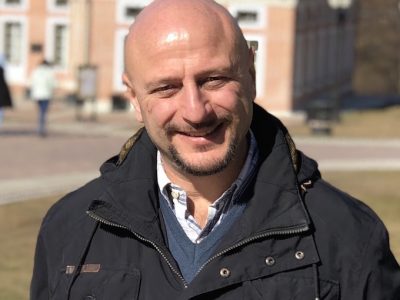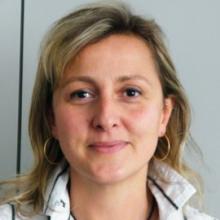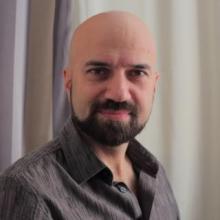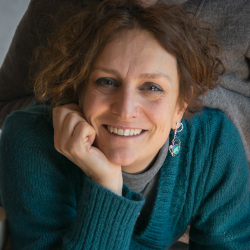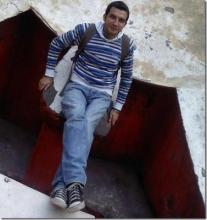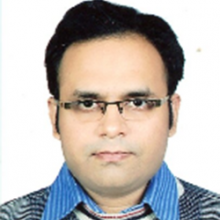The solution of applied science problems and the analysis of complex systems, characterized by increasing size and complexity, require more and more accurate, efficient, and reliable computational simulations. The main objective of the Computational Data Science Laboratory (CDS-Lab) is to develop models, algorithms, software tools, and technology solutions to discover, understand, and model scientific phenomena through the analysis of data produced in experiments and tests and/or through the simulation of the processes that generate them. This allows us to face new multidisciplinary challenges in the ICT field.
CDS-Lab’s activity focuses on solving real problems with methodologies that include computational simulation, scientific modelling, analysis, processing, and management of complex, heterogeneous, and large datasets. These methods integrate high-performance computing (HPC) and distributed computing, with Computer Science, Applied Mathematics, and Statistics expertise. At the same time, by appropriately integrating the CDS-Lab methodologies with the knowledge of different application domains, we provide a new and more effective perspective for the analysis of real-life problems and the interpretation of results.
Research topics include
- Methodologies for the reconstruction of networks and the characterization and prediction of biological phenomena, through optimisation algorithms, statistical machine learning, reverse engineering, and methodologies for the integration of a priori knowledge from ontologies and secondary databases.
- Segmentation, tracking, and shape rendering techniques in images, image sequences, and data volumes for recurrent and transient phenomena analysis.
- Primitives and cryptographic protocols, with particular attention to efficiency and scalability issues in distributed environments.
The laboratory also provides support services, training, and technology transfer to both other Institute laboratories and external companies. These activities include management and system integration, secure software design and development, deployment, benchmarking, and tuning of distributed applications and HPC.
Segmentation and moving object detection
The application field of the carried out researches concern
- Bioinformatics and computational biology: analysis and integration of data from high throughput sequencing experiments (DNA-Seq, Chip-Seq, RNA-Seq), microscopy and spectrometry; identification of new prognostic and therapeutic targets.
- Processing of data, images, and video sequences: high throughput screening of stem cells in microscopy images; segmentation of melanomas in dermoscopic images; moving object detection for video surveillance and for characterizing the vitality of treated cells in electron microscopy videos.
- Computational Graphics: High-performance photorealistic rendering of objects and environments of scientific and educational interest for the study of molecules of biological interest and of their secondary and tertiary structures and for the analysis of scenes and environments.
- Protection of data, systems, and services in contexts such as Cloud Computing and Internet of Things (IoT).
Currently, the laboratory includes 7 structured researchers and other personnel units with different forms of contract. It also benefits from the collaboration of university professors and researchers and experts in the application domains of interest.
The laboratory annually organizes conferences and seminars on the topics of interest, produces numerous scientific articles that are published in major international journals, and makes publicly available most of the developed prototype software.

